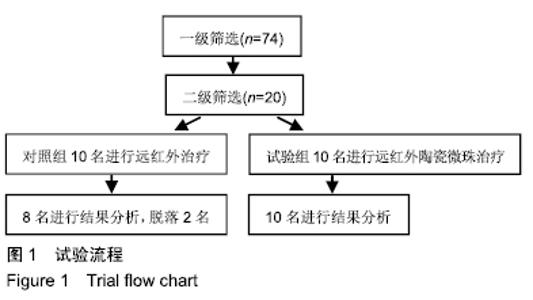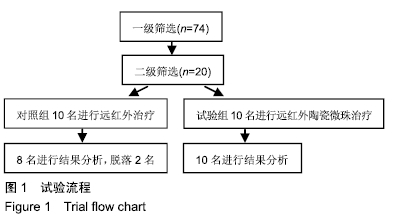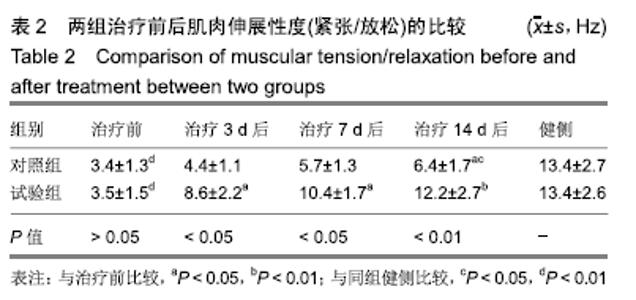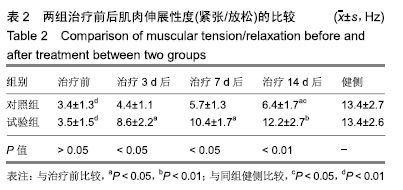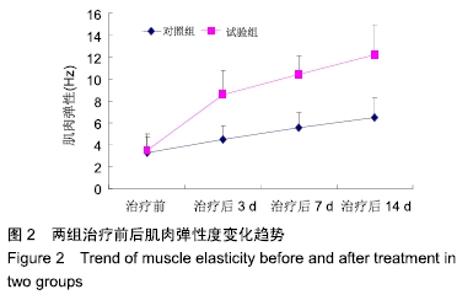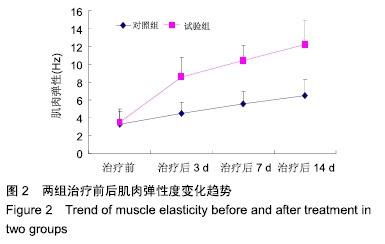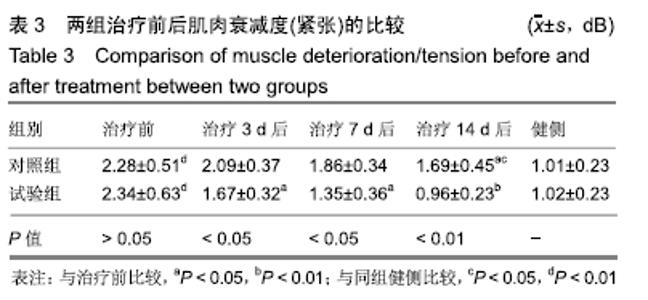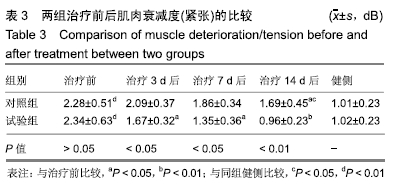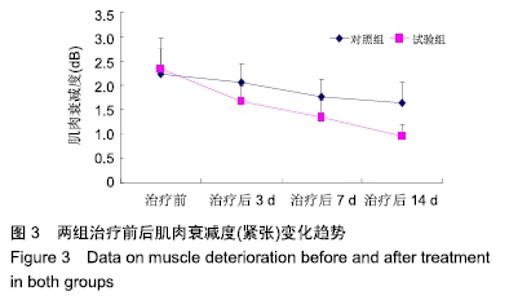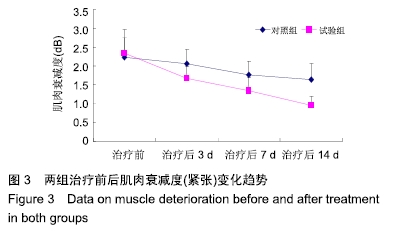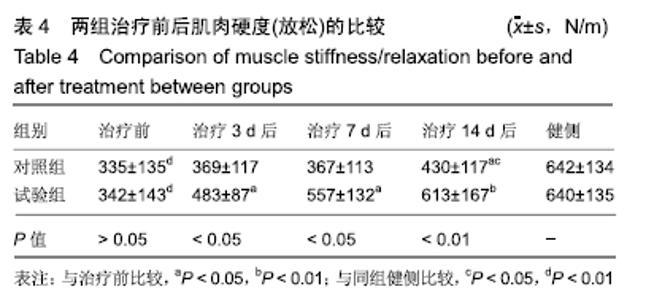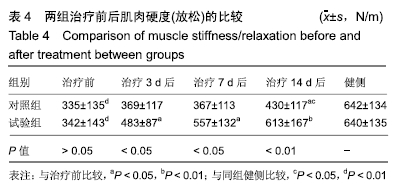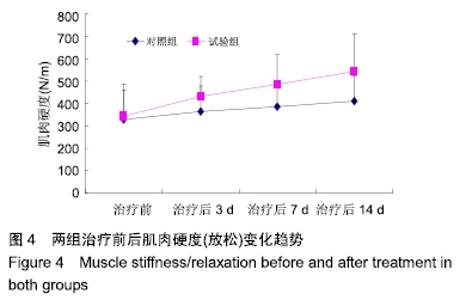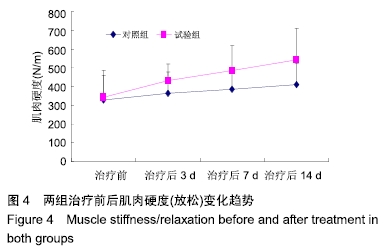[1] 何建伟.远红外陶瓷微珠对骨骼肌损伤的治疗作用及机制研究[D].北京:北京体育大学,2012.
[2] 苗欣.艺术体操运动员脊柱侧弯特征及椎旁肌功能变化的研究[D].北京:北京体育大学,2013.
[3] 何建伟,杨金龙,王安利,等.远红外陶瓷微珠干预对主动、被动肌力及PAR、AAR和TDPM指标效果的量化评价[J].体育科学, 2014,34(12):54-62.
[4] 陈婧婧.远红外线对造血干/祖细胞生物学特性的影响[D].上海:上海师范大学,2009.
[5] 曹庆雷,何建伟,杨金龙.远红外陶瓷微珠对大鼠一次性力竭运动骨骼肌CK、CK—MM、LDH指标的影响[J].体育学刊,2013,20(3): 125-129.
[6] 何建伟,杨金龙,赵广高.远红外陶瓷微珠对一次性力竭大鼠IL-6, T-AOC等指标的影响[J].莆田学院学报,2016,23(2):15-19.
[7] 季冠芳,杨子彬.远红外线的生物学效应及其应用[J].天津医药, 2007, 35(1):78-80.
[8] 储丽丽.肌内效贴布对缓解肩颈部肌肉紧张度的时效性研究[J].临床医药文献电子杂志,2016,53(7):47-50.
[9] 张磊,冯喆.针刺配合微波治疗肩关节周围炎的疗效观察[J].上海针灸杂志,2018,37(5):22-24.
[10] WORRELL TW. Factors associated with hamstring injuries. An approach to treatment and prevention measures.Sports Med. 2010;17:338-345.
[11] OLSEN OE, MYKLEBUST G, ENGEBRETSEN L, et al. Injury mechanisms for anterior cruciate ligament injuries in team handball: a systematic video analysis.Am J Sports Med. 2004; 32(4):1002-1012.
[12] MAURO A. Muscle Regeneration.New York: Raven Press, 2009.
[13] 傅旭东.远红外电热磁中药导入法在治疗运动性疲劳与损伤中的运用[J].福建中医药,2007,38(5):48-49.
[14] HEWETT TE, TORG JS, BODEN BP. Video analysis of trunk and knee motion during non-contact anterior cruciate ligament injury in female athletes: lateral trunk and knee abduction motion are combined components of the injury mechanism.Br J Sports Med. 2009;43(6):417-422.
[15] 李红涛,刘建学.高效远红外辐射陶瓷的研究现状及应用[J].现代技术陶瓷,2005,26(2):20-26.
[16] 谷茂恒,刘文峰,陶小平.振动训练缓解肌肉运动性疲劳的sEMG研究[J].湖南师范大学自然科学学报,2015,35(4):34-38.
[17] STEINER GJ, ROOSEMALEN MC, WILSON MG, et al. Depression of force by phosphate in skinned skeletal muscle fibers of the frog.Am J Physiol. 1990;259(2 Pt 1): C349-357.
[18] CARLSM BM. The regeneration of skeletal muscle-a review. Am J Anat.2003;137:119-150.
[19] ALLEN DJ, WESTERBLAD H. Role of Phosphate and Calcium Stores in Muscle Fatigue.J Physiol. 2001;536(Pt 3): 657-665.
[20] ALENTORN-GELI E, MYER GD, SILVERS HJ, et al. Prevention of non-contact anterior cruciate ligament injuries in soccer players. Part 1: Mechanisms of injury and underlying risk factors.Knee Surg Sports Traumatol Arthrosc. 2009;17(7): 705-729.
[21] 袁松,高峰,刘飞,等.王俊华局部振动疗法对慢性非特异性腰痛的疗效研究[J].中国康复,2018,33(3):33-35.
[22] 陈钦雄,陈壮荔,何国经.运动员肌肉酸痛与肌肉硬度值测定的作用[J].福建休育科技,1995,14(4):38-40.
[23] BENNELL K, HINMAN R, METCALF B, et al. Relationship of knee joint proprioception to pain and disability in individuals withknee osteoarthritis.J Orthop Res.2003;21(5):792-797.
[24] SHULTZ SJ, SCHMITZ RJ. Effects of transverse and frontal plane knee laxity on hip and knee neuromechanics during drop landings.Am J Sports Med.2009;37(9):1821-1830.
[25] COLLIER MB, MCAULEY JP, SZUSZCZEWICZ ES, et al. Proprioceptive deficits are comparable before unicondylar and total knee arthroplasties, but greater in the more symptomatic knee of the patient.Clin Orthop Relat Res. 2004;(423):138-143.
[26] LEEUWENBURGH C, HOLLANDER J, LEICHTWEIS S, et al. Adaptations of glutathione antioxidant system to endurance training are tissue and muscle fiber specific.Am J Physiol. 1997;272(1 Pt 2):R363-369.
|
